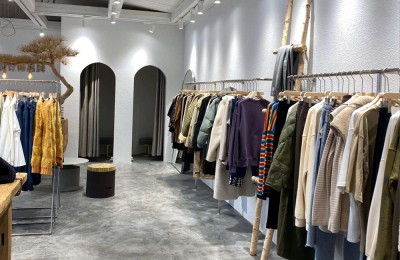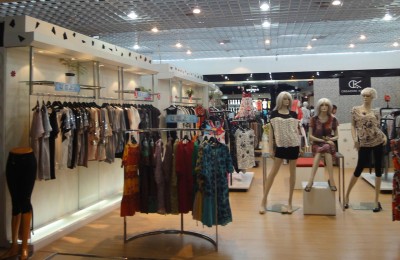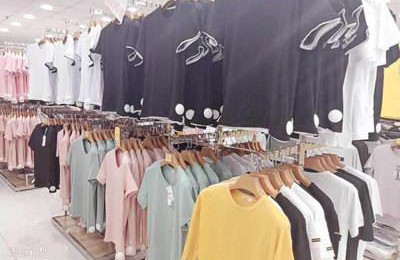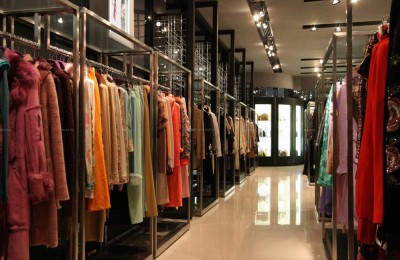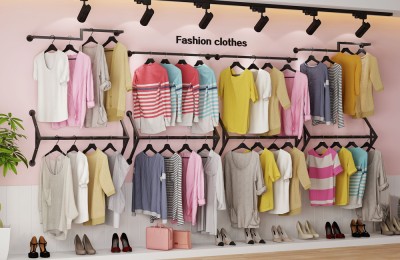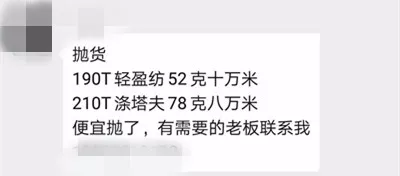
After reading several sets of pictures of inventory sales, the editor I was really frightened, and the news of selling goods was overwhelming.
Currently, weaving manufacturers still have hundreds of thousands or millions of meters in stock! According to the sample data monitoring of China Silk City Network, the inventory of weaving manufacturers in Shengze area is about 39-40 days. High inventory is a common phenomenon among weaving manufacturers this year, so they all count on destocking during the “Golden Nine and Silver Ten” periods.
September is the traditional peak season, and the market is indeed improving compared to August. It can be said that the peak season is coming. The weaving market in July and August was dominated by “small batches and multiple batches”, while the current market is dominated by “large batches and multiple batches”. There has been a significant change in quantity, however, the inventories of weaving manufacturers are still piling up. 01 The first half of the year was reluctant to sell, and the inventory of gray fabrics in the second half of the year was as high as March. The boss of a weaving factory that mainly produces broken cards and “Honor of Kings” said: “The current shipment of gray fabrics is indeed better than in the previous period, and the volume has increased from several thousand meters per order. There is an order of 10,000 meters, and the order quantity is also increasing, but the factory still has 3 months of inventory, and the situation has not improved much.” The editor was once again shocked by the 3 months of inventory. This data is a bit shocking! After inquiry, the editor learned about the reason for the high inventory of the factory. The factory mainly produces broken cards and “King of Glory”, and these fabrics are autumn and winter products, and the main sales are concentrated in the second half of the year. Due to the serious price drop of raw materials in the first half of this year, the owner of the factory was reluctant to close the sale and wanted to sell it until the peak season in the second half of the year. Although the current shipment volume is increasing, it is far less than expected, and demand is far less than supply. Three months’ worth of inventory is still waiting silently in the warehouse to be taken away!
Infact,therearemanymanufacturersintheindustrywithhighinventories,andtherearealsomanymanufacturersthatholdontotheirinventoryandsellinthesecondhalfoftheyear.ButifthisbatchofinventoryissoldinSeptemberorOctober,thepossibilityofstilllosingprofitsisveryhigh.”GoldenNine” is approaching, but the phenomenon of selling goods in the market continues unabated. The price is getting lower and lower, and it is close to the price of cabbage. As a result, the industry as a whole is forced to reduce prices. The price sold in September is already less than the cost, so what profit is left? Even though the price of raw materials is more likely to rise in September, in the sell-off market, the price of gray fabrics will only fall but not rise!
02 Gray cloth has a price but no market, and the inventory cannot be removed by selling goods. Some people say: “As long as the price is low, the inventory can be cleared!” However, this sentence is no longer suitable for the current textile market conditions. . At present, elastic products have a large sales volume, while other conventional products still have a small sales volume, and some products are even unsaleable. For example, T400 series and four-way elastic series of gray fabrics are mainstream products. Although the transaction volume is acceptable, there are so many manufacturers producing this type and there are so many inventories. Most of them are sold at low prices and there is no profit at all. And some types of gray fabrics, even if they are sold, no one cares about them. The imitation silk series of gray fabrics have been tepid since this year, and now, conventional chiffon and other gray fabrics are even less popular. There are many manufacturers selling chiffon products on the market, and they sell them at low prices, but they are still not popular. Some manufacturers advertise in WeChat circles to sell goods, but many days have passed, and the ads are still posted every day, and the inventory has not changed at all. Selling goods to remove inventory is actually a bad behavior that harms the industry, but manufacturers are forced to sell goods and have no choice but to do so, and the editor sympathizes. A few days ago, the editor learned that a large company in the market carried out a multi-million-meter 300T pongee spinning sale, and the price was unimaginably low, with a cabbage price of 1.5 yuan/meter, and the price under normal circumstances Then it is 2.8 yuan/meter. It is obvious that the factory did not hesitate to lose money in order to recover funds.
Even T400 fabrics such as the recently popular “Honor of Kings” cannot escape the fate of falling prices. . Taking Honor of Kings as an example, the current average market price is 4.5 yuan/meter, while it reached 5.5 yuan/meter in the same period last year, a year-on-year decrease of 1 yuan/meter! Weaving manufacturers report that the sales of elastic fabrics are acceptable, but the prices are already on the verge of losses. If manufacturers sell goods at low prices in the future, they will completely fall into losses.
03 Selling goods cannot solve the problem of overcapacity. Selling goods to remove inventory also cannot solve the fundamental problem of overcapacity. Manufacturer throwsThe demand from garment factories is limited, and traders are more of a glutton for the goods. They just resell the inventory and still return it to the market. Since last year, the inventories of clothing manufacturers have also been quite high. This is the source. If their inventory is unclear and fabric demand remains weak, weaving manufacturers’ destocking road will be thorny and may never come to an end. Therefore, whether the inventory can be cleared mainly depends on the following three important nodes: the “Golden September and Silver October”, the Double Eleven e-commerce shopping season, and the Christmas foreign trade season. The peak season of September is approaching, and the market is gradually accelerating the pace of goods delivery, but the high inventory will not be relieved for a while, and it will take some time. The road to destocking is long and difficult. Weaving manufacturers have overcome the final difficulties and are waiting for the peak season to deepen, and the stocks will surely be relieved!
</p



